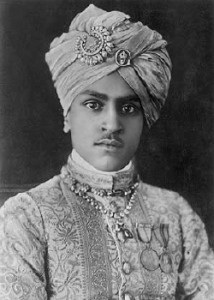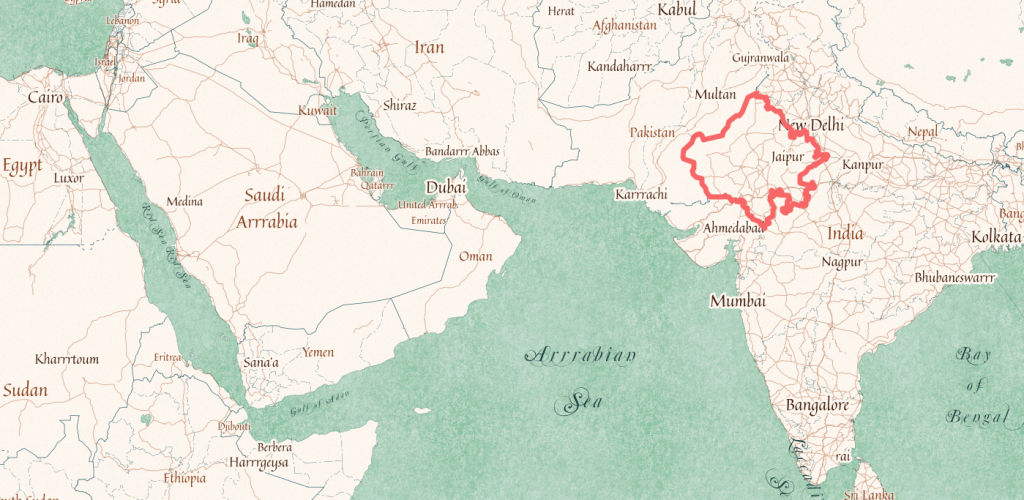Descending from Genghis Khan and Tamerlane in Central Asia, the Mughal emperors ruled India between 1526 and 1857. The Mughal Empire first began after the defeat of Sultan Ibrahim Lodi (final Sultan of Delhi) by Zahir-ud-din Muhammad Babur. With the assistance of weaponry, Babur’s smaller (12,000 men) army was able to defeat Lodi’s extensive army at the battle of Panipat (1526). Upon conquering Lodi, Babur and his son, Humayun, overtook Agra, the Lodi capital, as well as all the treasures and palaces that it contained. Agra then became Babur’s (Mughal) capital.
One of the most famous of the Mughal rulers was Akbar the Great (Jalal Ud-Din Akbar). While popular for being an open-minded ruler, Akbar was most known for growing and extending the boundaries of the Mughal Empire.
The Mughal Empire began to dissolve after the rule of Aurangzeb (1658-1707) due to the rise of the Marathas and the British. In 1857, the final ruler, Bahadur Shah II was deposed by the British. Nevertheless, due to the survival of different Mughal ruler’s (such as Babur’s) elaborate personal journals and records, as well as vast amounts of material culture, we know much about the everyday life, as well as historical events and conquests during the time of the Mughals.

The Maharaja of the Bharatpur Region in the early 1920s

Map illustrating boundaries of modern-day Rajasthan.
India’s Royal Courts
As the Mughal Empire gradually disintegrated after 1700, numerous regional courts throughout India rose to prominence. Many of these royal houses were active patrons of the arts, sponsoring ateliers that produced elegant architecture, sophisticated paintings, and sumptuous decorative arts reflecting these rulers’ affluence and authority. Workshops in each court developed distinctive artistic styles, but there was also considerable artistic interchange between them. Rivalry, alliance, and economic opportunity encouraged the movement of artists between courts as their royal sponsors regularly sought to outdo each other.
Explore More:
Details and Materials Associated with the Garden Pavilion